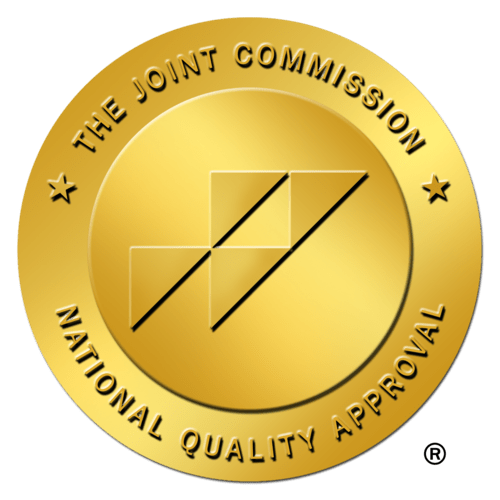
As healthcare organizations hire to meet quality of care requirements, labor is taking up a larger portion of the cost pie.
According to Fitch Ratings, labor’s share of total hospital expenses increased from 50.6% to 54.9% over the past 10 years. As labor costs increase past the 50% mark, hospitals’ financial position worsens. When this happens, the struggle to balance cost with quality care becomes even more challenging.
To make a dent in labor costs without understaffing facilities, healthcare organizations have found new ways to effectively recruit, engage and, more importantly, retain talent. Meeting the needs of their workforce leads to happier, more engaged healthcare professionals, which translates to improved clinical outcomes and overall higher quality of care.
5 ways to optimize talent and reduce overall labor costs:
#1: Take time to understand what healthcare professionals want

Improving employee retention is one sure-fire way to control labor costs. To keep people around, it helps to understand what they want.
Younger generations—the healthcare professionals most likely to quit in the first couple years—value these 5 things most according to a Gallup survey:
• Purpose: mission and meaning
• Development: opportunities to learn and grow
• Coaching: authentic relationships with managers
• Ongoing conversations: consistent feedback that helps them improve
• Strengths: Celebrate and help build on them
As this generation becomes the dominant age group of today’s workforce, it will be key to invest the time and energy to adapt to their needs. Creating an environment that gives them purpose, connection, and opportunities to grow will decrease turnover and additional recruiting needs.
#2: Support continuing education

Nurse residency programs and support of continuing education both help improve retention. Continuing education is a requirement for nurses.
“Employers who invest in the professional development of their nurses by offering the time, resources and funds for CE courses often see increased job satisfaction among their staff and lower turnover rates,” said Rosalind Sloan, MAEd, BSN, RN-BC, program manager/nurse planner for The Center for Continuing Education and Professional Development at the American Nurses Association (ANA) for RN.com.
Northwell Health, New York’s largest healthcare provider, watched its labor costs climb to 63% of total operating expenses when it decided to make changes. To improve employee retention, the nonprofit healthcare network partnered with Hofstra University to offer an educational program for nurses and PAs. It reduced its turnover rate to 9%. (The average hospital turnover rate in 2020 was about 17.8%.)
#3: Assess and adjust skill mix

Do your RNs handle cases that a CNA could easily manage? If so, take a look at how you allocate staff. Efficient staff planning means understanding each patients’ needs and matching staff skill levels to meet those needs. This keeps your RNs and other experienced staff working at “top of license,” overseeing more demanding cases, while entry-level clinicians take simpler roles.
If your analysis shows you’re short on CNAs, RNs, or techs, bring in the professionals you need, when you need them using CareRev. You’ll save on agency costs and won’t have to commit to an expensive travel contract.
#4: Optimize your internal resource pool

While matching staff to patient needs, keep an eye on demand across departments and facilities. Float professionals from overstaffed, low-demand facilities to understaffed, high-demand sites.
Technology can help you keep track of it all. Our SaaS solution empowers you to engage healthcare professionals where they are and fill shifts at scale so your patients get help faster.
#5: Bring in on-demand talent

The COVID-19 public health emergency has highlighted the value of a flexible staffing model. As we’ve seen during the pandemic, demand can change in an instant. A flexible model allows healthcare organizations to staff up or down quickly during high- and low-volume periods.
By using technology such as CareRev, healthcare organizations can fill these critical roles quickly with on-demand healthcare professionals in their own neighborhood. No back-and-forth with an agency, no endless phone calls. An easy-to-use interface makes managing teams more efficient.
Controlling labor costs is a challenge for any business in any industry. By implementing strategies that allow your staff to thrive and supplementing that staff with skilled CareRev professionals, you’ll be on your way toward flattening the staffing peaks and valleys.





